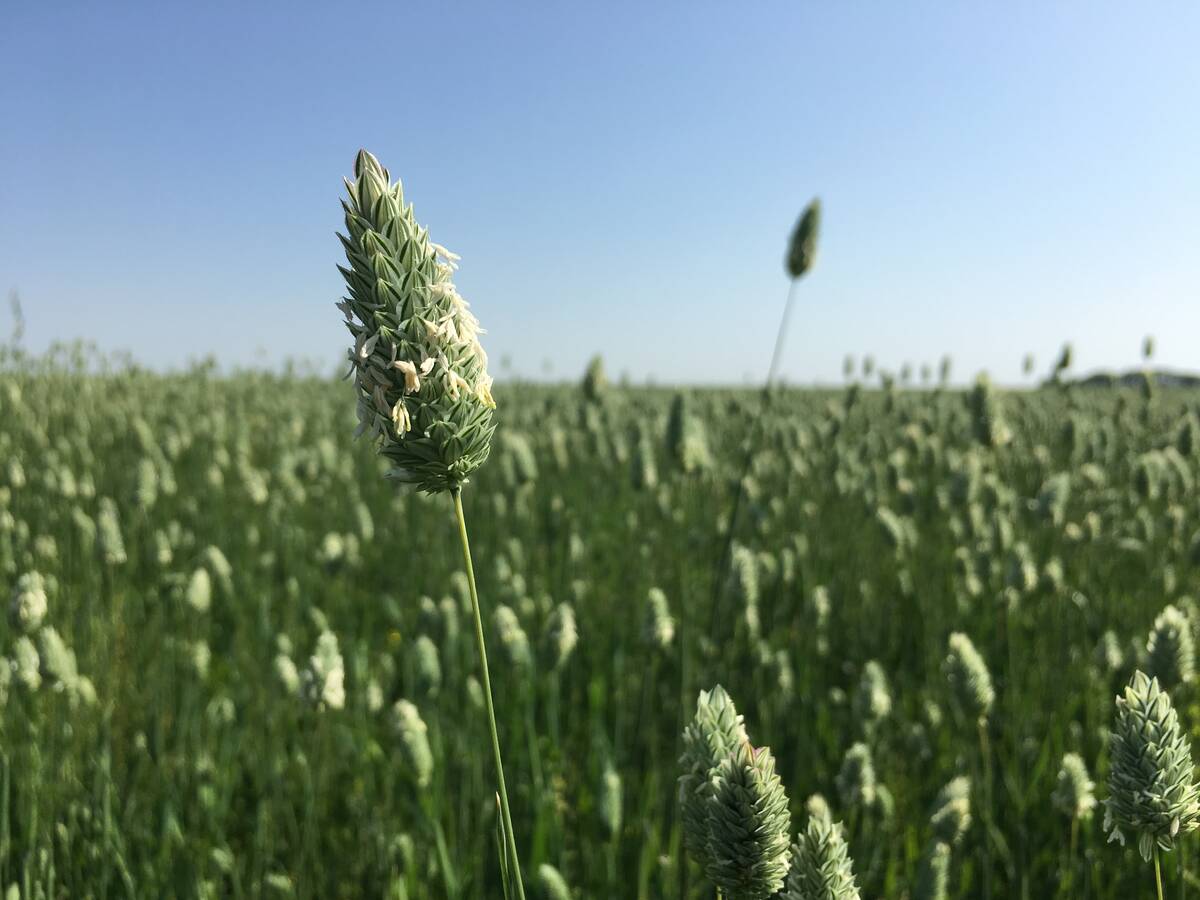A federal cabinet minister has hinted the government may ease the high content standard it set for Product of Canada labelling, but Conservative MPs are warning against touching it.
A year ago, the government decided any product carrying a Product of Canada label would have to have at least 98 percent Canadian content.
Food manufacturers and processors immediately protested that the standard was so high that almost no products would qualify for the label.
The opposition-dominated House of Commons agriculture committee recommended a content trigger of 85 percent Canadian.
Read Also

No special crop fireworks expected
farmers should not expect fireworks in the special crops market due to ample supplies.
Veterans affairs minister Jean-Pierre Blackburn, who is also minister of state for agriculture, has led the consultation with the food industry and has hinted that the government will respond to the complaints.
On March 17, Sandra Wing, the Canadian Food Inspection Agency’s vice-president for policy and programs, told agriculture committee members the review is underway.
“We are beginning consultations both with industry and with consumers because the consumer Product of Canada view might be somewhat different,” she said.
“We’re checking to get the views of industry, looking at whether there are potential options moving forward, as well as with consumers.”
Two Conservative MPs quickly told her the 98 percent threshold is just fine.
“What consumers are telling me is that they are not happy with the 98 percent, they want 100 percent, but the industry and some people believe we should go to 85 percent,” said committee chair Larry Miller.
He said the point of the policy is that if consumers are buying strawberry jam labelled Product of Canada, they want to know that it is virtually all Canadian product. Manufacturers should not be able to add up to 15 percent foreign material.
“I’ve always supported the 98 percent for that reason,” he said.
Conservative Brian Storseth said he too would oppose any dilution of the 98 percent rule. He called it a “gold standard” that can be used to market Canadian product domestically and abroad.
“Product of Canada now means Canadian content and that is what my farmers and my producers want to have,” he said.
Bloc Québécois agriculture critic André Bellavance whimsically said that because most food products have enough additives to make the label inappropriate, Canadian consumers now have a new way to identify Canadian food products.
They go to the supermarket and amid the Product of China and Product of the USA labelled products, they look for products that have no country-of-origin label.
Those are the Canadian products.














